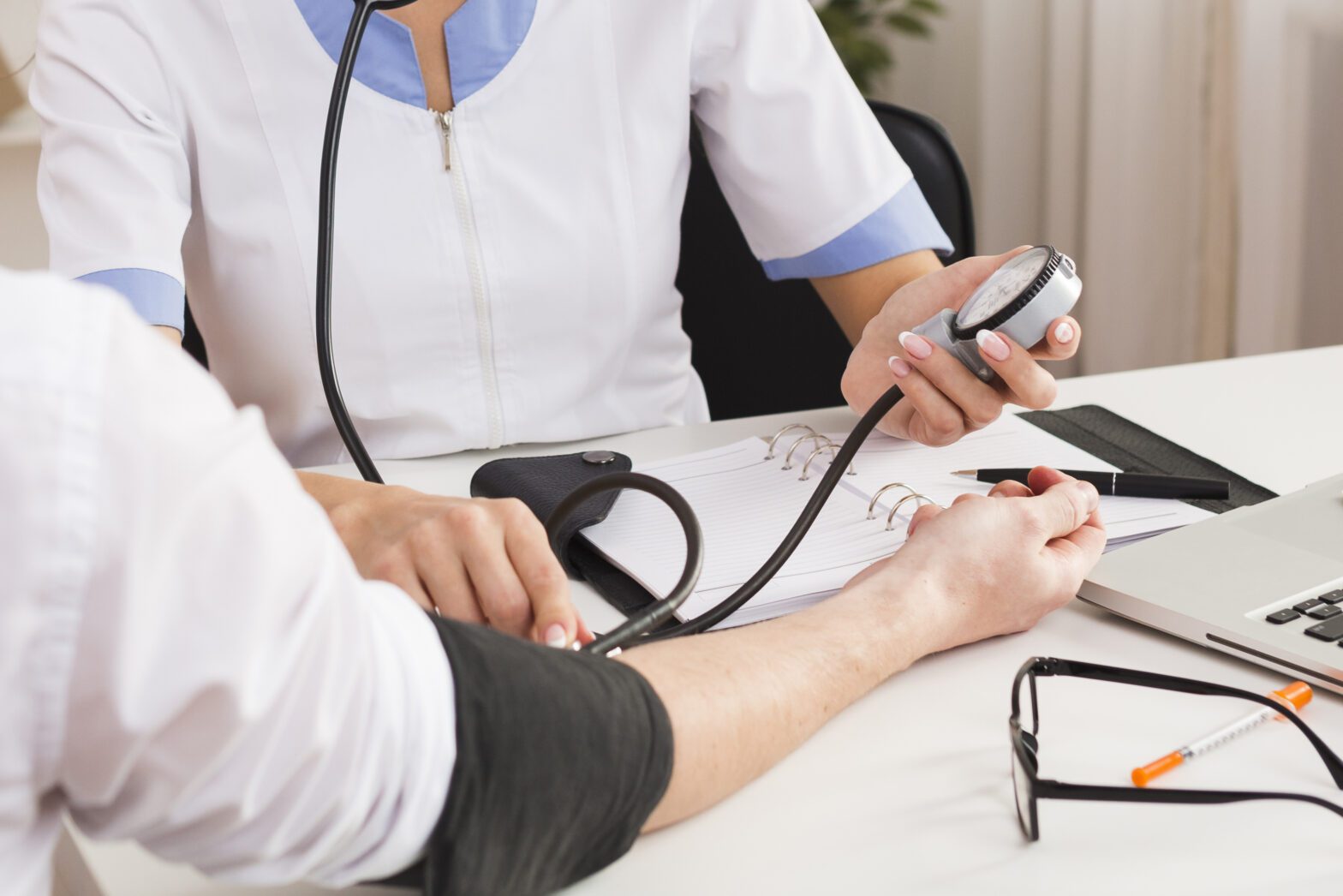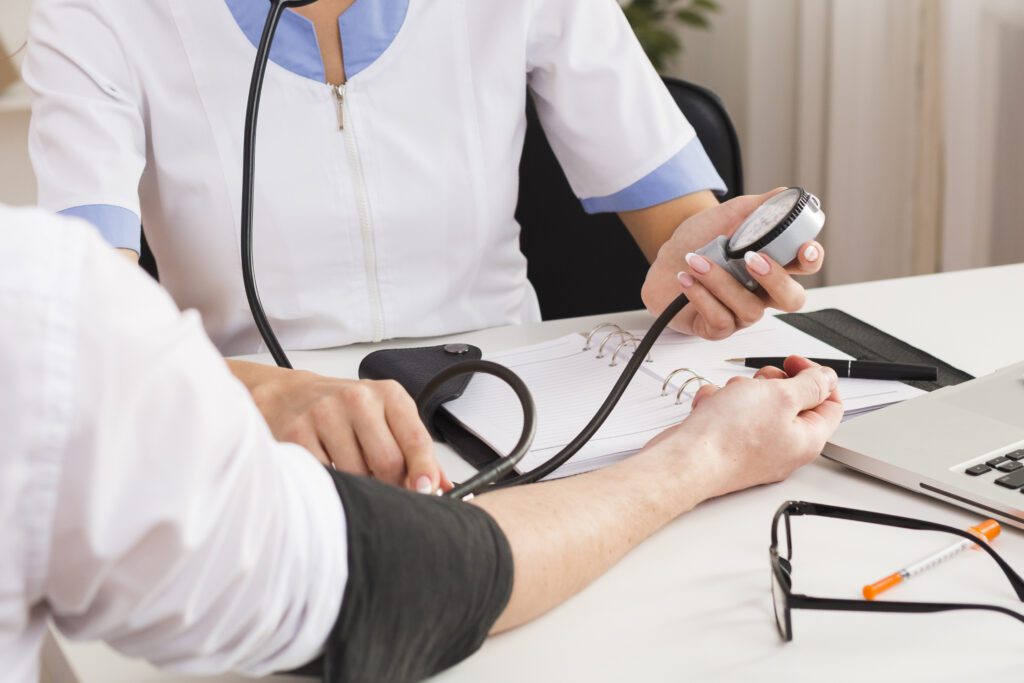Feeling Sick? Here’s a Healthcare Option You Might Not Know About
Key Points
- Healthcare providers encompass a range of professionals and facilities that offer medical care or treatment, including doctors, hospitals, clinics, labs, and more.
- Telehealth services allow remote consultations with healthcare providers, potentially diagnosing illnesses without in-person visits, providing convenience and accessibility.
- Urgent care clinics are affordable options for common illnesses and minor injuries with shorter wait times than emergency rooms.
When you’re feeling sick or are injured, there are a few places you can go for medical care: a doctor’s office, an urgent care center, a telehealth service, or the emergency room. Here’s a guide on where to go, depending on the severity of your condition and your budget.
What Is a Healthcare Provider?
A healthcare provider is someone who gives medical care or treatment. Doctors, nurse practitioners, midwives, radiologists, labs, hospitals, urgent care clinics, medical supply companies, and others who offer such services are all healthcare providers. Each type of healthcare provider has a specific area of expertise.
Sometimes, people wrongly use the term “healthcare provider” to refer to a health plan or insurance company. But an insurer or health plan administrator doesn’t provide care. Instead, they pay the person or place that offers the care as long as the plan covers the service and the patient has done what they need to do regarding referrals, getting approval beforehand, and sharing costs.
The Doctor’s Office Is Your First Option for Non-Urgent Care
Your doctor’s office is your first point of contact when you have a non-emergency medical issue. Your doctor has a record of your medical history, including past illnesses, medications you’re currently taking, and any allergies you might have. They can tailor a specific treatment plan for you, considering any potential interactions with existing medications or underlying conditions.
Not only do you get personalized care, but it’s also cheaper than going to the ER. You’ll pay less and avoid the long wait times and crowded waiting rooms that are all too common in emergency departments. Suppose your doctor isn’t available or doesn’t have expertise in a particular area of medicine. In that case, they can refer you to a specialist or other healthcare professional who can provide the necessary care.
Urgent Care Clinics Offer Affordable Alternatives
Urgent care clinics offer a convenient and affordable alternative when you can’t reach your regular doctor or need assistance outside of typical office hours. They are staffed by nurse practitioners and physician assistants who specialize in treating common ailments such as colds and flu, ear infections, and skin conditions. Additionally, they can provide essential diagnostic services, such as X-rays and lab tests.
One of the biggest advantages of going to an urgent care center over the emergency room is cost savings. Emergency room visits can cost a lot of money. Urgent care centers, on the other hand, usually have more reasonable pricing structures, which means that quality healthcare is more affordable for most people. However, it’s important to ensure that the urgent care center you choose accepts your insurance plan so you don’t have to worry about any hidden costs.
Related: What are non-life-threatening emergencies
Telehealth Services for Consultations
Many healthcare providers also provide a 24/7 telehealth service. Telehealth services allow you to speak directly to a provider who will answer questions about your symptoms and, in many cases, can diagnose your illness without you needing to visit in person. Providers evaluate your symptoms virtually and determine the next course of action. The provider may decide if your illness requires antibiotics or if your injury requires an X-ray. You may need to be seen in person for further testing, depending on the outcome.
Emergency Rooms Treat Serious Issues
Emergency rooms handle urgent, severe, and life-threatening conditions. ERs are not the place for routine care or minor ailments. ER professionals are trained and equipped to handle critical situations. However, it’s important to understand when a trip to the ER is necessary. Here are some signs that indicate you should seek emergency medical attention:
- Life-threatening conditions: This includes chest pain, difficulty breathing, severe bleeding, sudden confusion, or uncontrollable vomiting.
- Severe pain: Especially in the head, chest, or abdomen.
- Head injury: If you experience a blow to the head, especially with loss of consciousness, dizziness, or worsening headache, go to the ER.
- Broken bones: Particularly if the bone is deformed, protruding through the skin, or causing significant pain and inability to move the limb.
- Burns: Deep burns, large burns (bigger than your hand), or electrical burns require immediate medical attention.
- Poisoning: Call emergency services immediately if you suspect someone has ingested a poisonous substance.
- Sudden changes: Sudden weakness, slurred speech, or vision problems can be signs of a stroke and require immediate intervention.
- Severe allergic reactions: If you experience difficulty breathing, swelling of the face or throat, or hives after exposure to an allergen, seek emergency care.
- Heavy bleeding: If you cannot stop bleeding with direct pressure, head to the ER.
Knowing where to seek medical care can significantly improve your health outcomes and financial well-being.
DOC-AID Urgent Care offers the nearest doctor with emergency and urgent care experience without visiting the Emergency Room. DOC-AID Urgent Care is open seven days a week with extended hours from 10 am to 8 pm. We have several conveniently located locations in Laredo, TX, Weslaco, TX, and Pharr, TX. We accept walk-in patients.




